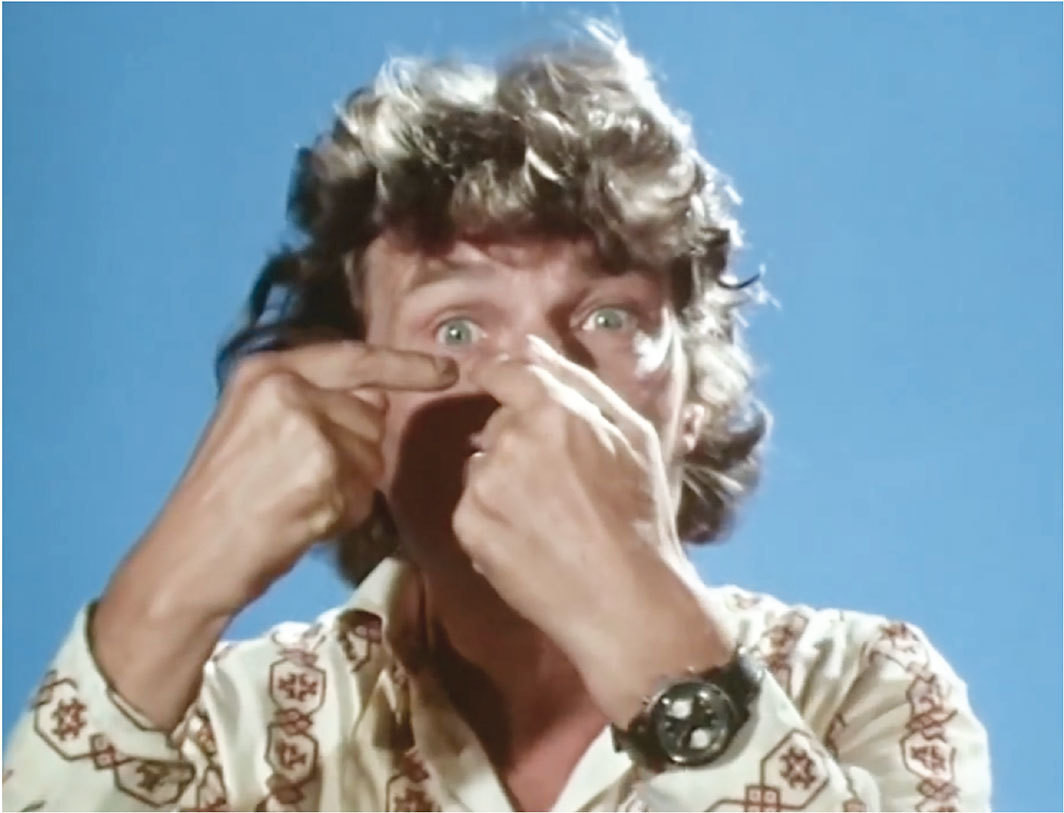
Though there is great skill involved in portraying the people in his portraits, much of the seduction is not solely created by the painter it is inherent in the mind of the viewers to accept the way Hal saw the people he was painting. The art historian says that those paintings “seduce” us into believing that we can know the personality traits and even the habits of the men and women portrayed. One example of this is with the paintings of Hals as described by an art historian. When viewing the landscape painting made in 1905, you tend to place yourself in history – a different mindset than from viewing that same landscape in the present. The experience viewing a landscape in front of you differs from viewing a landscape painting that was made in the 1905. There are different elements that constitute viewing some object. The beginnings of this type of consciousness first began around the birth of the Renaissance. When the images could outlast what it originally represented, images then evolved to show how people at a particular point in time viewed that image.

“Images were first made to conjure up the appearances of something that was absent” (10). There is a processes of how images came to be. The image-text essays give context to the images and allow us to analyze them in a new light. By doing so, we are able to examine them critically. Berger’s use of image-only essays serves to challenge us to compare and contrast these images. It is this directness of images that makes them “more precise and richer than literature” (10). The image-maker contributes to the record because the image is a representation of the maker’s interpretation of the subject. These mediums are all unique and represent one form of sight which is shaped by one’s previous experience and preconceptions. Images are ways of ‘seeing’ and looking’ and can be captured by painting, photography, and other media. Vision is a unique process that is “continually active, continually moving, continually holding… constituting what is present to us as we are” (9). He characterizes ‘seeing’ as an involuntary process where one detects a stimulus while ‘looking’ is a voluntary process where one chooses what to see. Berger is able to distinguish vision into two components. Even today, this concept holds some validity in that “the way we see things is affected by what we know or what we believe in” (8). In the past when science was not dominant, “seeing was believing”. John Berger emphasizes the importance of vision when he states “it is seeing which establishes our place in the surrounding world we explain that world with words, but words can never undo the fact that we are surrounded by it” (7). Berger – Ways of Seeing Posted by dhuie - July 29, 2010


 0 kommentar(er)
0 kommentar(er)
